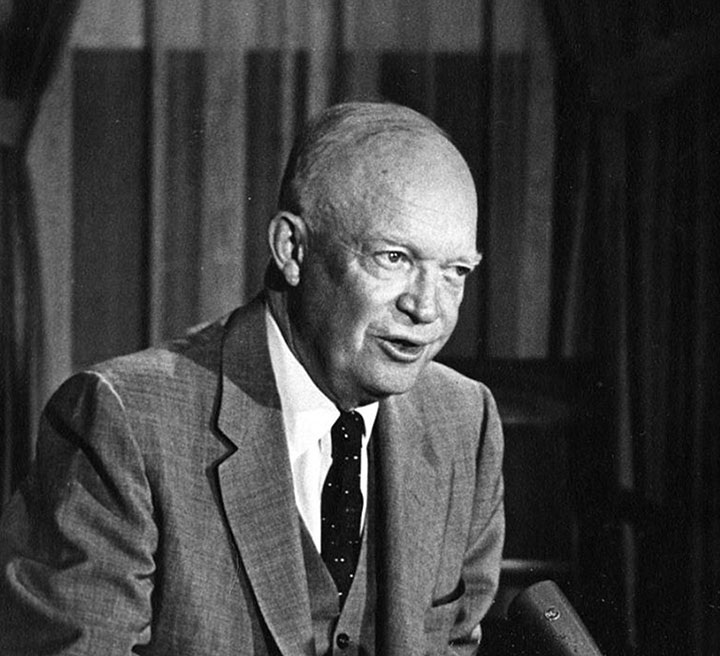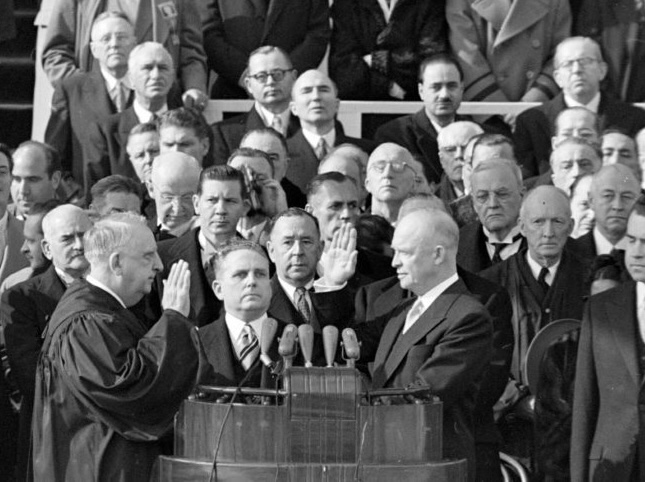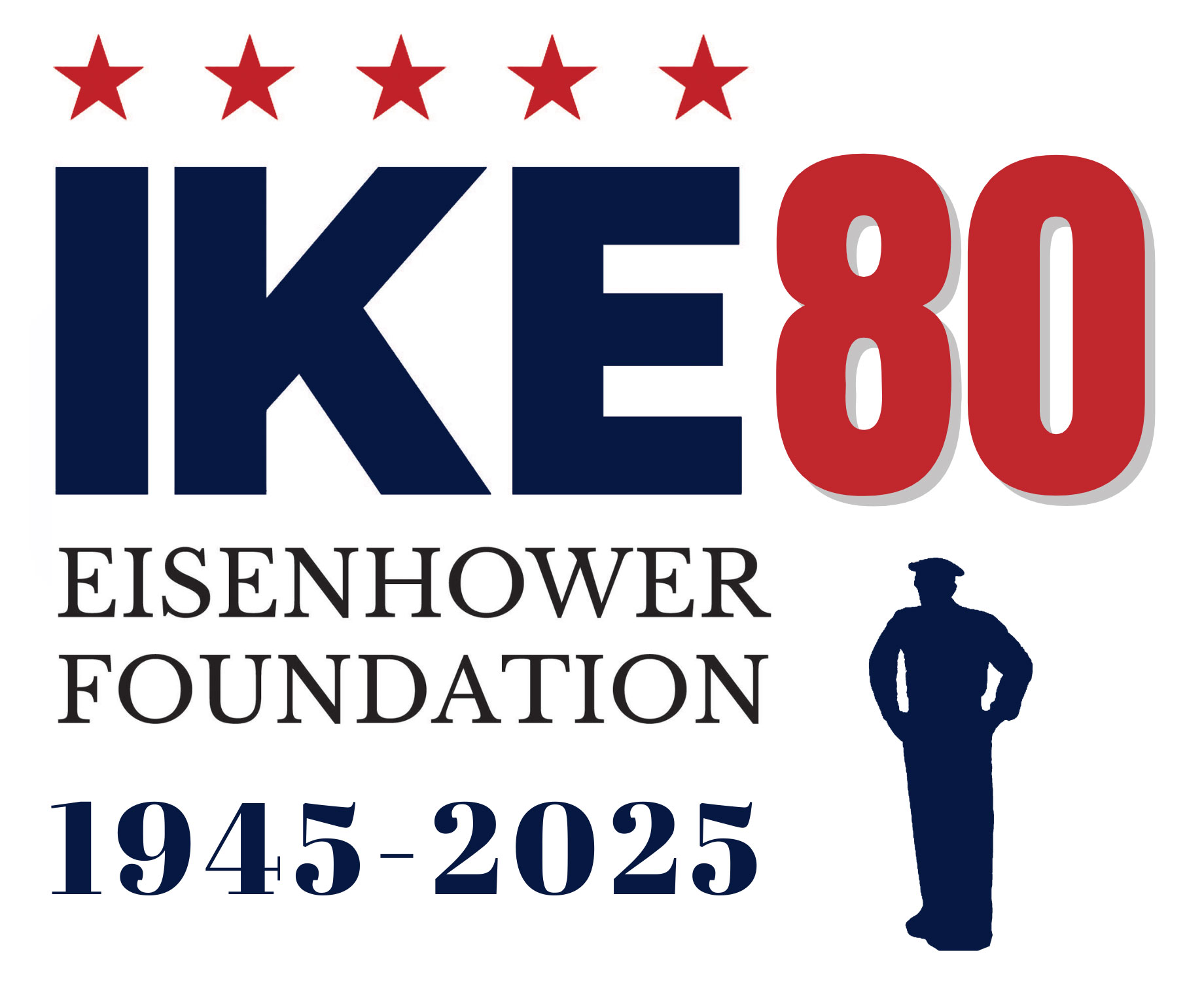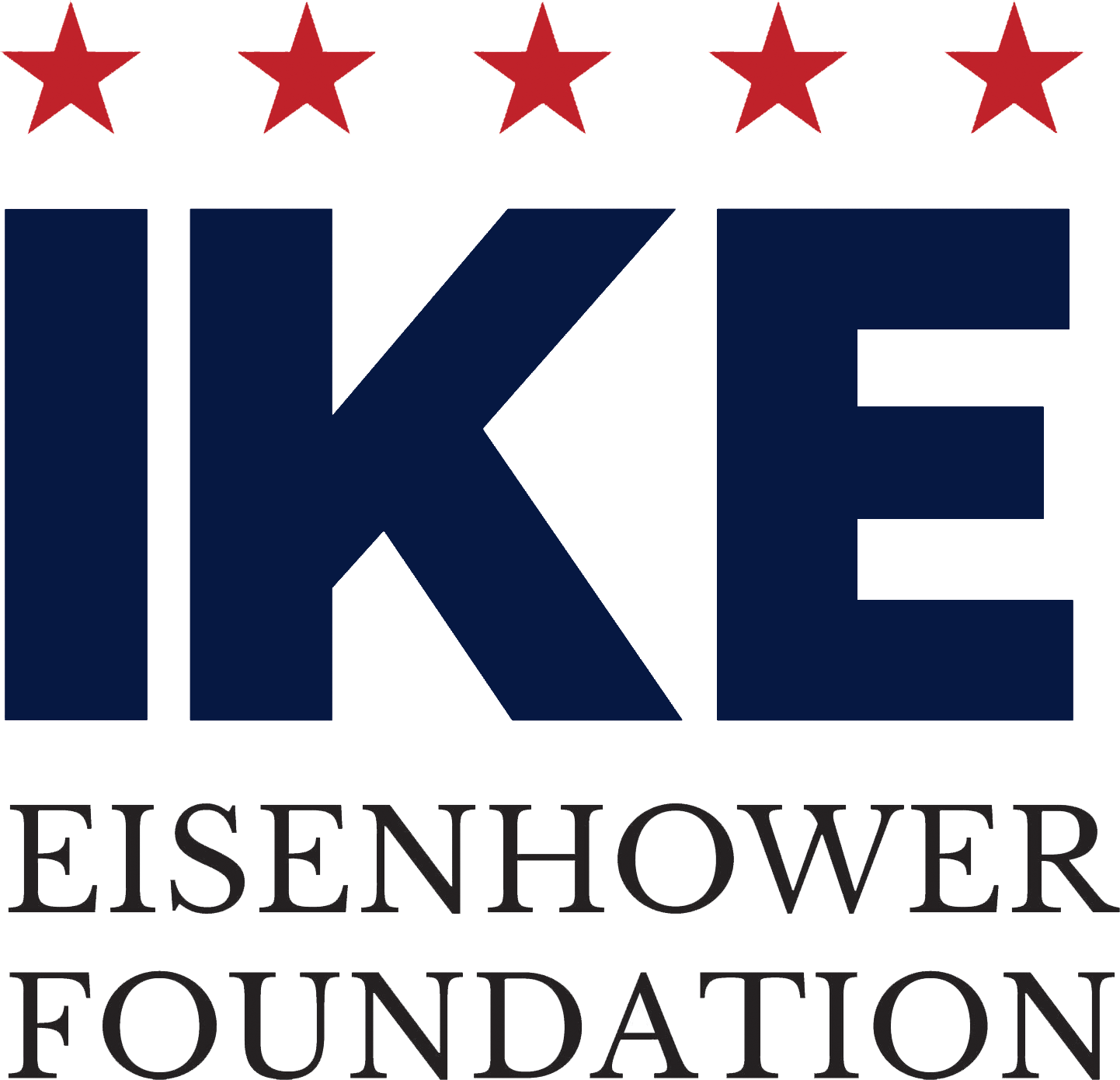Honoring The Greatest Generation
This was the event that turned the tide for the Allied Forces in World War II. To commemorate the 80th anniversary of this historic occasion, military leaders, elected officials and members of the public gathered on the grounds of the Eisenhower Presidential Library & Museum in Abilene, Kansas, to honor all who served in World War II. Special tribute was given to 20 veterans who were in attendance.
The President is the leader of the Executive Branch of our government. Like your parents, this position has many roles and responsibilities to take care of our country. Students will become familiar with the Commander in Chief's roles and how President Eisenhower demonstrated them.
Program Length:
40
Program Group:
Civics Education

What does it take to become the President? This program will look at the Consitution to find the requirements to run for office and when you are eligible to take a seat in the Oval Office.
Program Length:
40
Program Group:
Civics Education

Analyze primary source letters written to President Eisenhower by kids, noting their purpose and topics of the 1950s - from Elvis' haircut to civil rights.
Program Length:
40
Program Group:
Civics Education

Follow the steps a bill must go through in the legislature, from creation to committee to floor debate, all before arriving at the President's desk.
Program Length:
40
Program Group:
Civics Education

Learn about the three branches of government - Executive, Legislative, and Judicial - and its system of checks and balances
Program Length:
40
Program Group:
Civics Education

Zones of France Map
Replica of 'Zones of France' silk (rayon) map, 2nd Edition. On D-Day, this map was mainly used by US airborne troops who wore it around their necks. Silk maps were used because they did not make noise or tear easily, and they were easy to conceal. They allowed soldiers to find their way to safety if caught behind enemy lines.
Camp Mackall
Many members of both the 101st and 82nd Airborne trained first at Camp Mackall, N.C.

